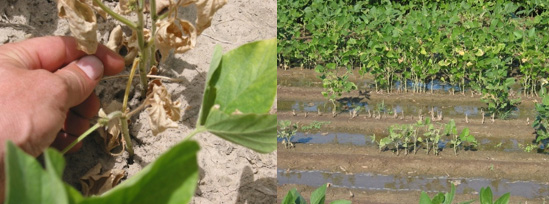Identifying the cause of nutrient deficiencies in crops requires more than just visual observation. Nutrient deficiency symptoms can often mimic those caused by environmental stress, pests, or other injury symptoms. To properly diagnose the issue and recommend an effective solution, it's essential to ask the right questions to gather detailed, field-specific information from the client. Below is a structured set of diagnostic questions that can guide the conversation and help pinpoint nutrient-related problems.
1. Plant symptoms
- What specific symptoms are visible on the plants? (e.g., chlorosis or yellowing, necrosis or browning, interveinal striping, stunted growth, purpling, leaf deformation, marginal burn, spotted, distorted growth)
- Where on the plant are the symptoms appearing first? (e.g., lower/older leaves, upper/new leaves, entire plant, leaf tips, leaf margins, etc. This helps distinguish between mobile and immobile nutrient deficiencies.)
- Are symptoms consistent across the field or localized to specific zones? (e.g., field edges, low-lying areas, high-traffic zones)
- When did the symptoms appear, and do the symptoms appear uniformly across all plants or only certain varieties or hybrids? (This can indicate genetic differences in nutrient uptake or sensitivity and the progression of the issue.)
2. Plant information
- When was the crop planted, and what is the specific variety or hybrid that was planted?
- At what growth stage are the symptoms appearing, and are the symptoms widespread, increasing, decreasing, or staying the same? (This helps correlate symptom onset with nutrient demand phases.)
- Have similar symptoms been observed in previous seasons? If yes, in which crops and under what conditions (i.e., cover crop, continuous or rotational cropping system)? (Recurrent issues may point to underlying soil fertility, management problems, or crop immobilization. What were the conditions at that time?)
- Has a tissue sample been analyzed for nutrient analysis? (See MU Extension publication G9131, Sampling Plant Tissue and Soil for Analysis.)
3. Soil and field conditions
- What is the soil texture and drainage class (e.g., sandy, clayey, poorly drained)?
- What is the soil pH? (Extremes in pH can limit nutrient availability, particularly micronutrients in high pH.)
- Has a recent soil test been conducted? (If yes, review soil test levels for key nutrients like P, K, S, Zn, etc., and CEC. If no, please refer to MU Extension publication G9131, Sampling Plant Tissue and Soil for Analysis.)
- Are there issues with compaction, crusting, drainage, or waterlogging in the field?
- What fertilizers and inhibitors have been applied this season? (Include timing, rates, source, and placement (in-furrow, banded, or broadcast.)
- What were the soil conditions at the time of fertilizer application or following application? (This helps understand possible nutrient loss mechanisms, such as frozen soils or soils that were too wet at the time of application.)
4. Environmental factors
- What has the weather been like recently? (e.g., heavy rainfall, drought, and rapid temperature fluctuations can impact nutrient uptake or may affect nutrient loss.)
- Have there been periods of water stress or anaerobic soil conditions?
- Are there any nearby industrial activities, drift, or known sources of contamination? (Contaminants may lead to nutrient tie-up or mimic deficiency symptoms.)
5. Management practices
- What is the crop rotation history in this field?
- What kind of residue management or tillage practices are used (e.g., no-till, strip-till, conventional)?
- What is the irrigation schedule and method (e.g., pivot, drip, furrow)? • Have any herbicides, fungicides, or insecticides been applied recently? (Some agrochemicals can induce temporary nutrient imbalances or injury.)
6. Pest and disease pressure
- Are there any visible signs of insect damage, fungal infections, or viral diseases?
- Do the symptoms mimic signs of pesticide application, pests, or diseases? [See herbicide symptomology guide, disease guide, and insect guide.]
- Have pests or diseases been confirmed through scouting or lab diagnostics? (Visit the Plant Diagnostic Clinic.)
7. Historical nutrient and yield records
- Have nutrient deficiencies been diagnosed in this field before?
- What has been the historical nutrient management strategy? (Include use of starter fertilizers, micronutrients, manure, cover crops, or foliar applications.)
- How have crop yields been in previous years? (Declining trends might signal nutrient depletion or imbalance.)
8. Observations from nearby fields
- Are symptoms confined to a single field or widespread across different fields and crops?
- Have other farmers in the area reported comparable problems this season?
Conclusions
A systematic diagnostic approach, based on the questions above, helps differentiate between nutrient deficiencies and look-alike symptoms caused by environmental, pest, or management factors. When combined with plant tissue testing, soil analysis, and field history, this information enables agronomists, extension agents, and producers to make informed decisions about identifying nutrient deficiencies and implementing effective management strategies. For confirmation, it is recommended to submit both healthy (unaffected) and symptomatic (affected) plant tissue samples to the University of Missouri – Soil and Plant Testing Laboratory, which provides comprehensive soil and plant nutrient analysis to support accurate, data-driven recommendations.
Some common nutrient deficiency symptoms in field crops
Nitrogen



Sulfur



Phosphorus


Potassium
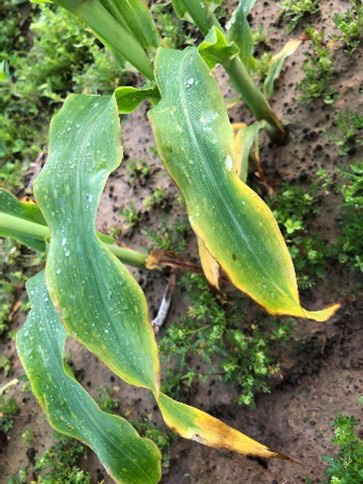
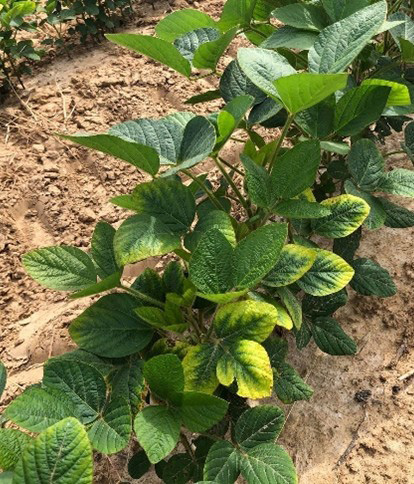

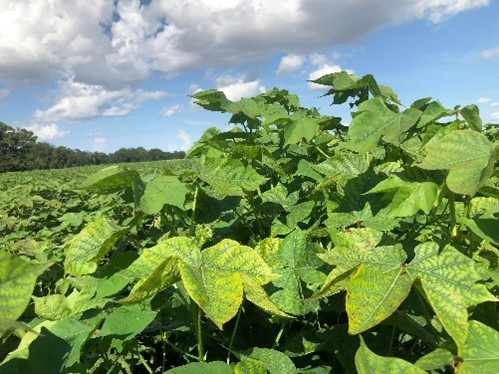
Magnesium and calcium
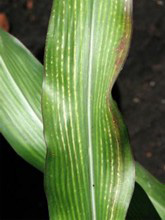

Zinc

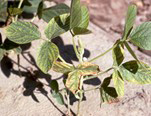
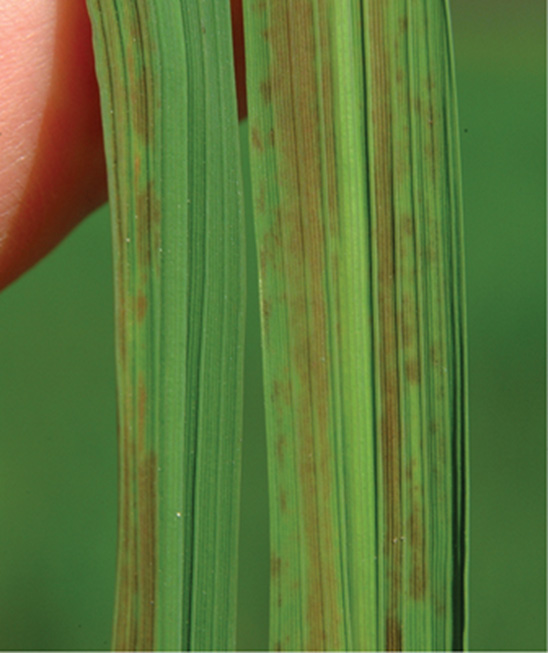
Manganese, boron and iron

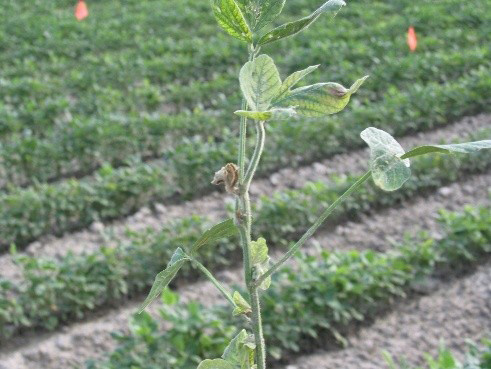
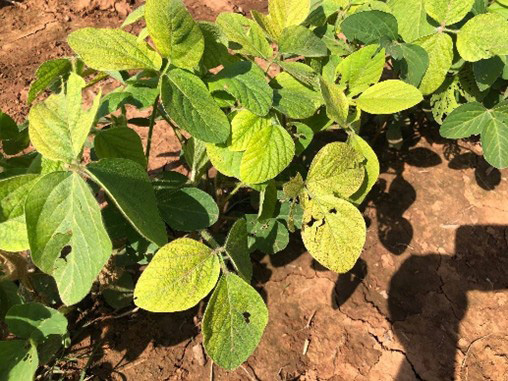
Chloride toxicity
